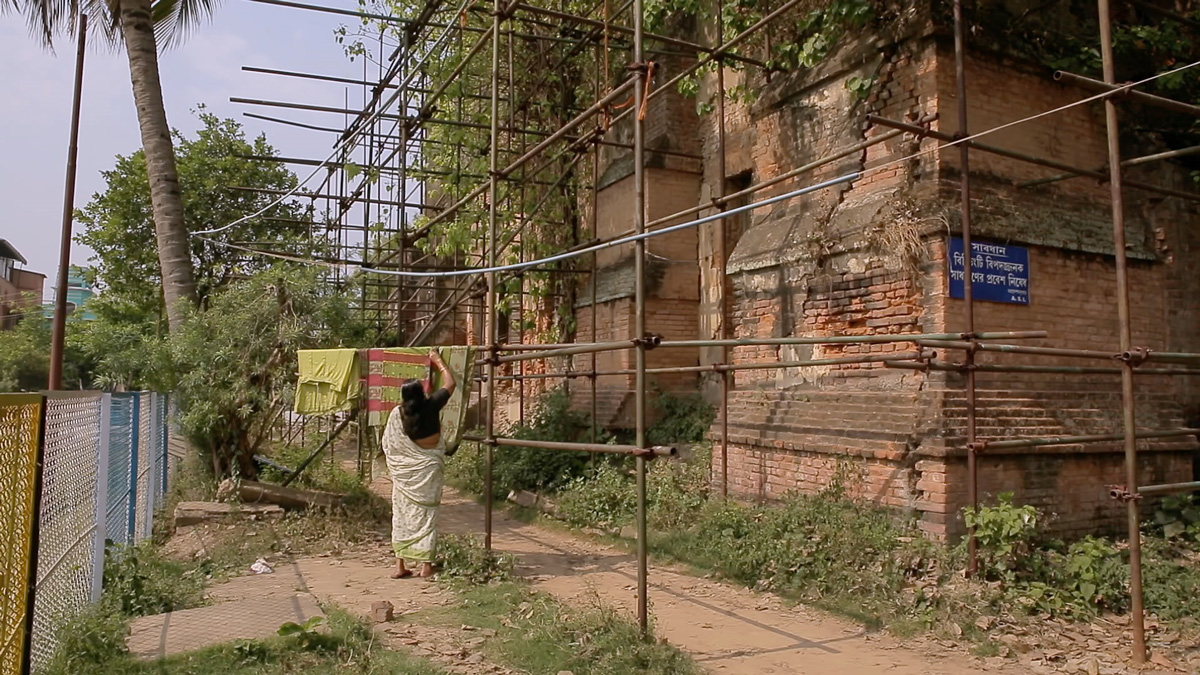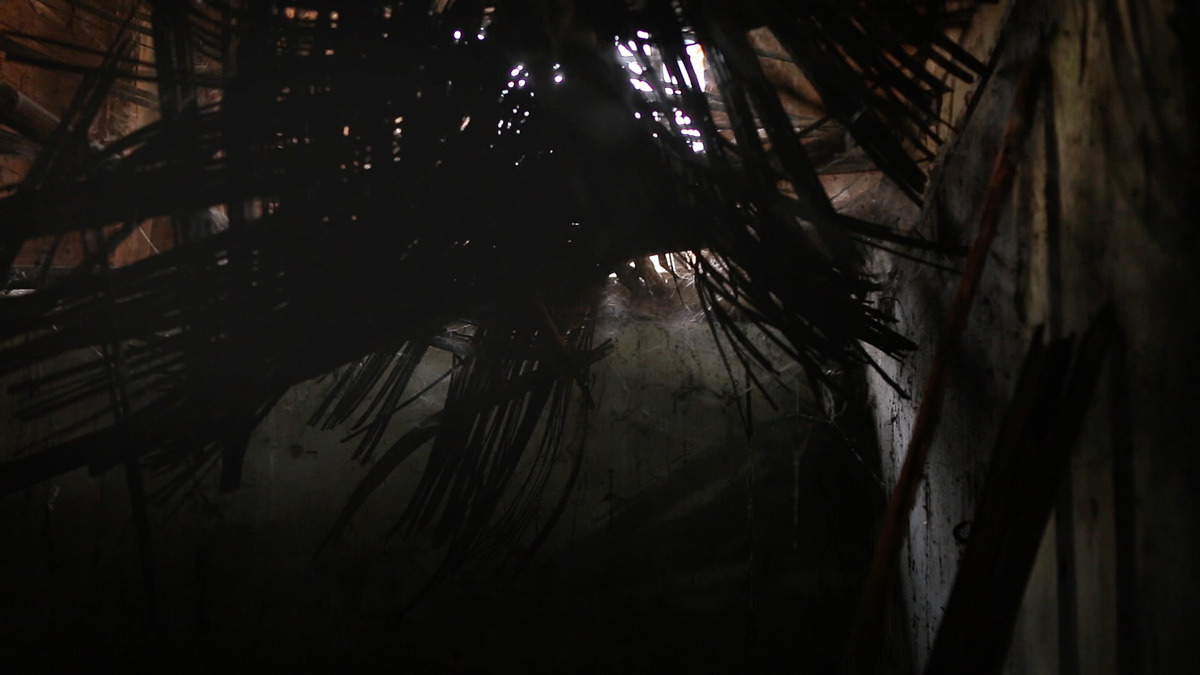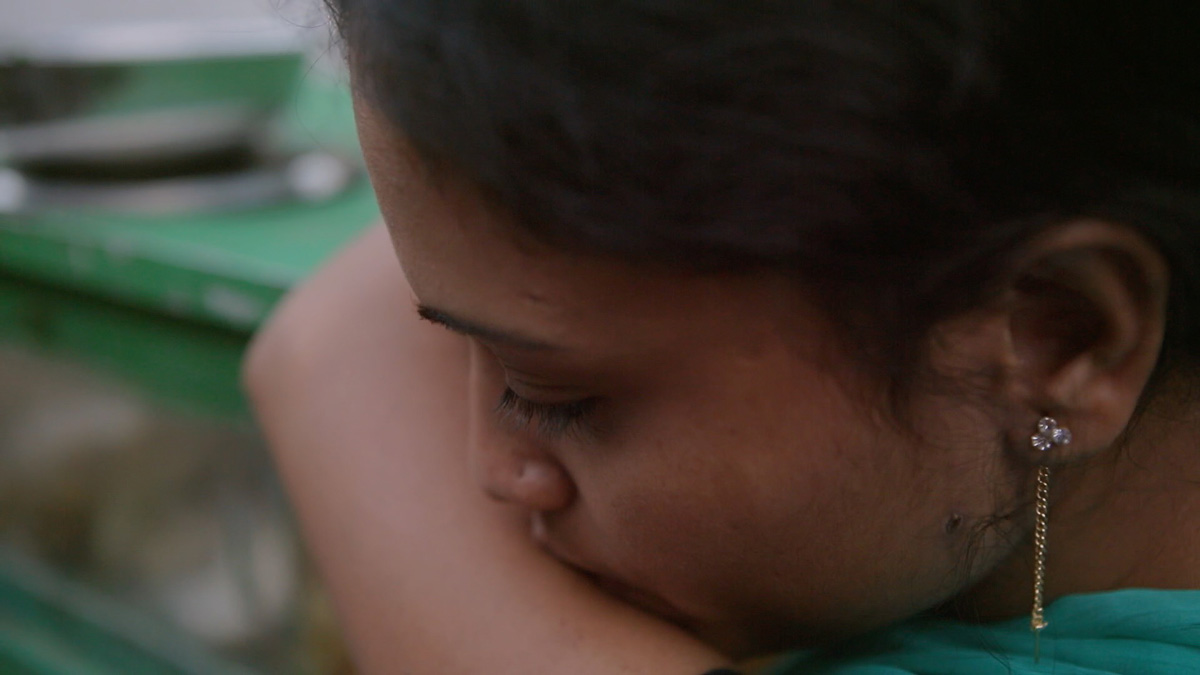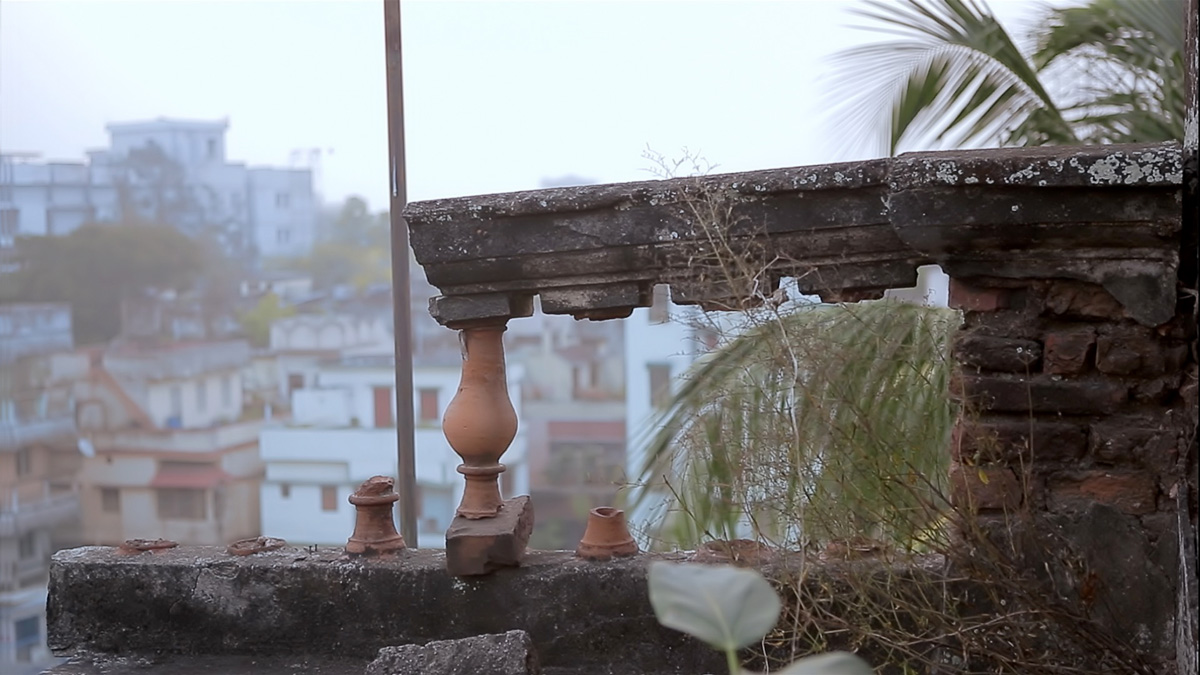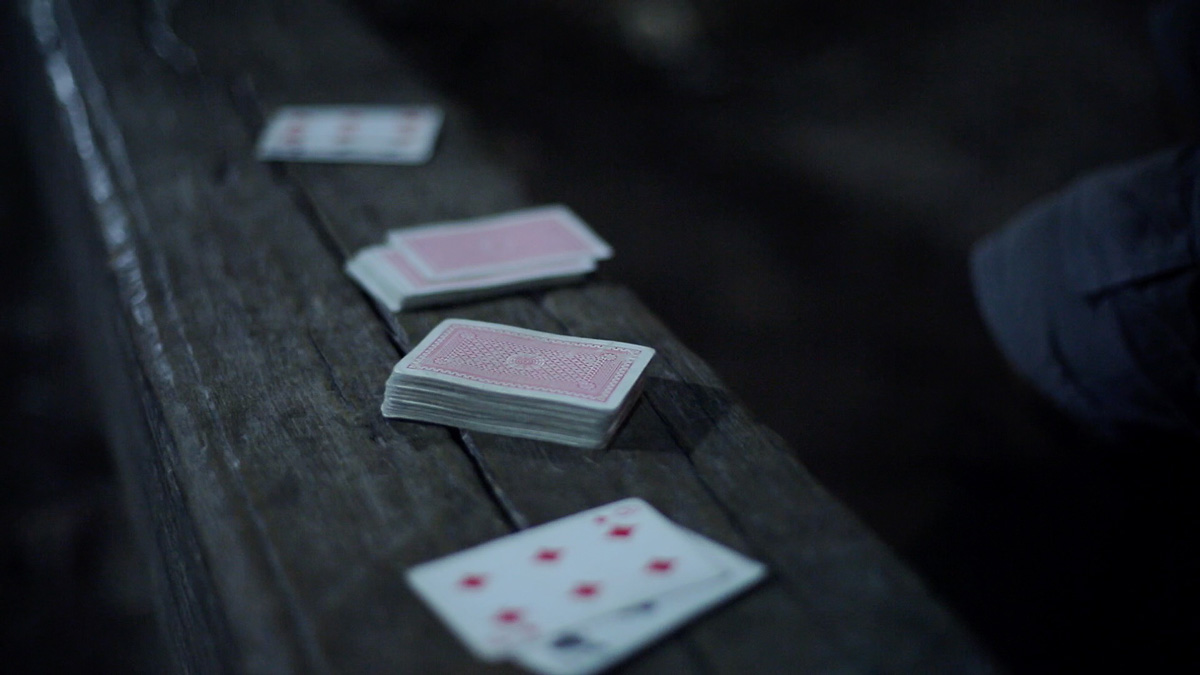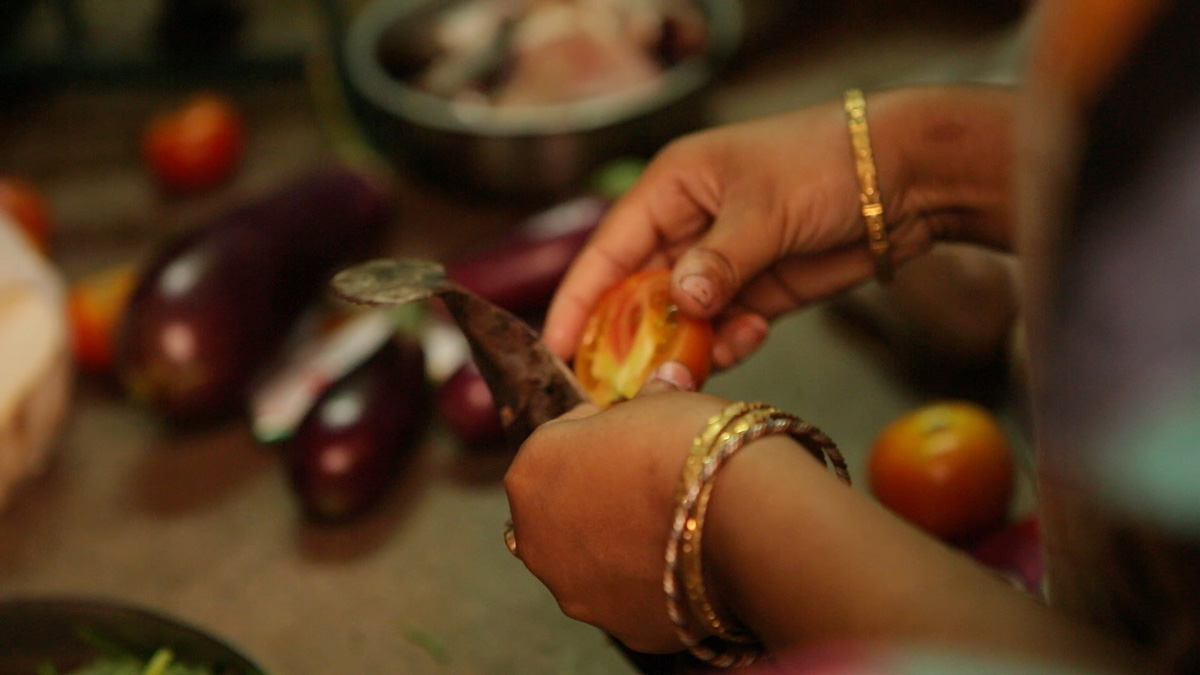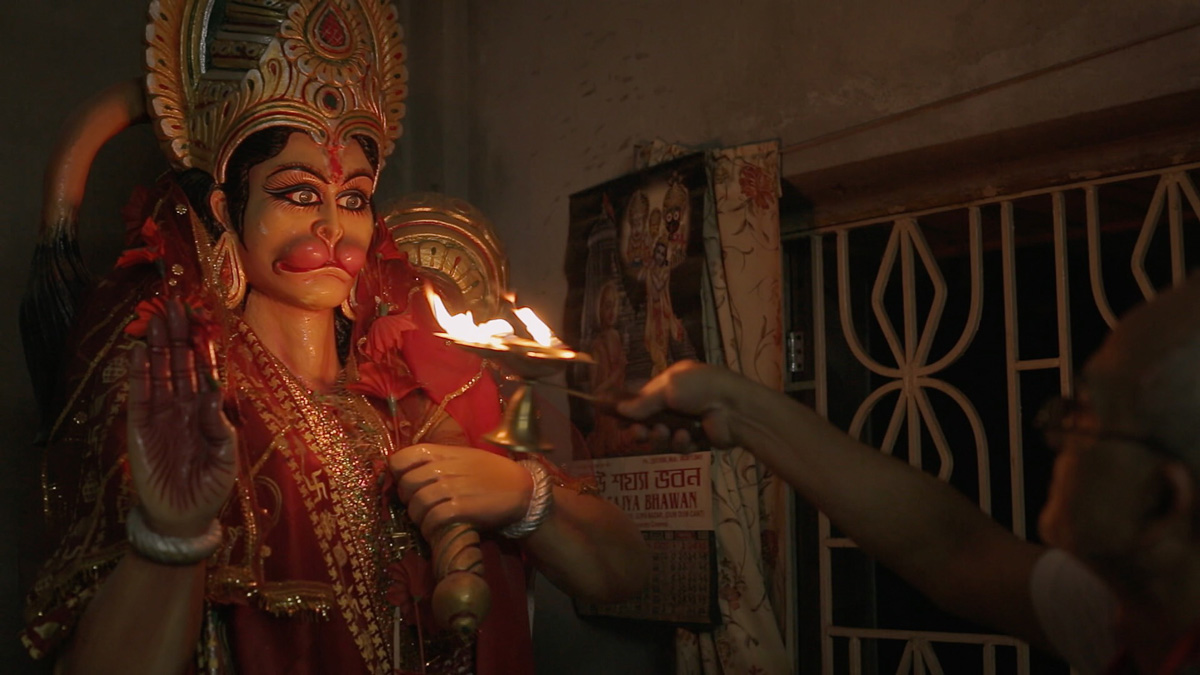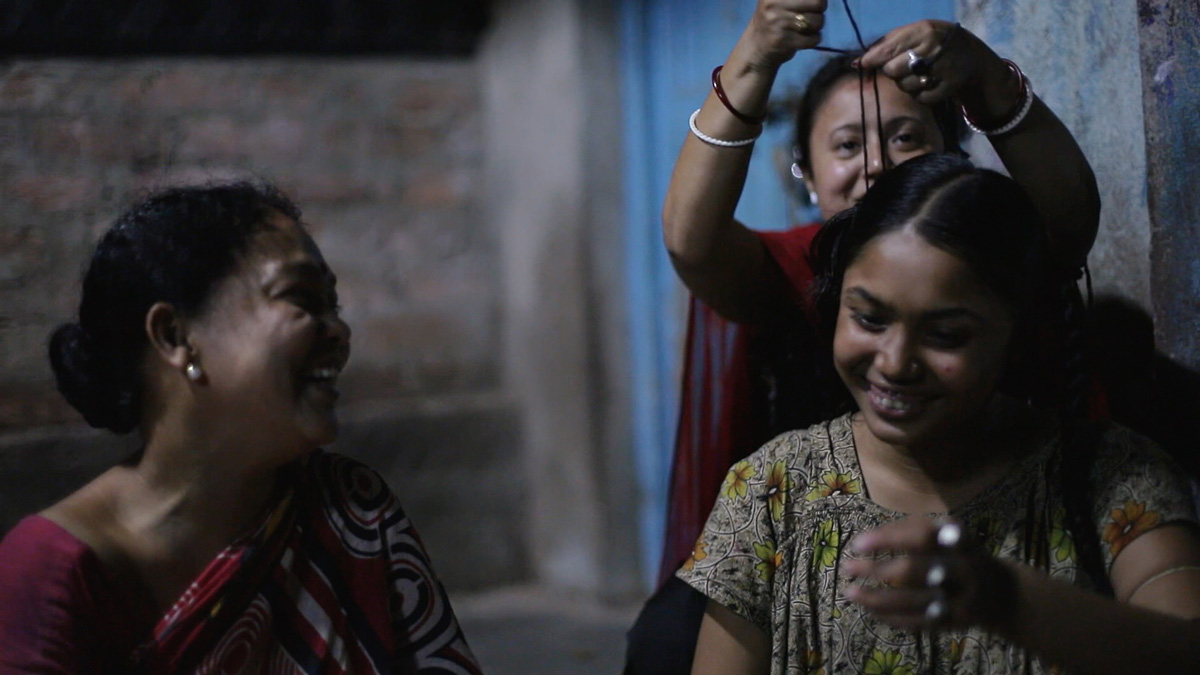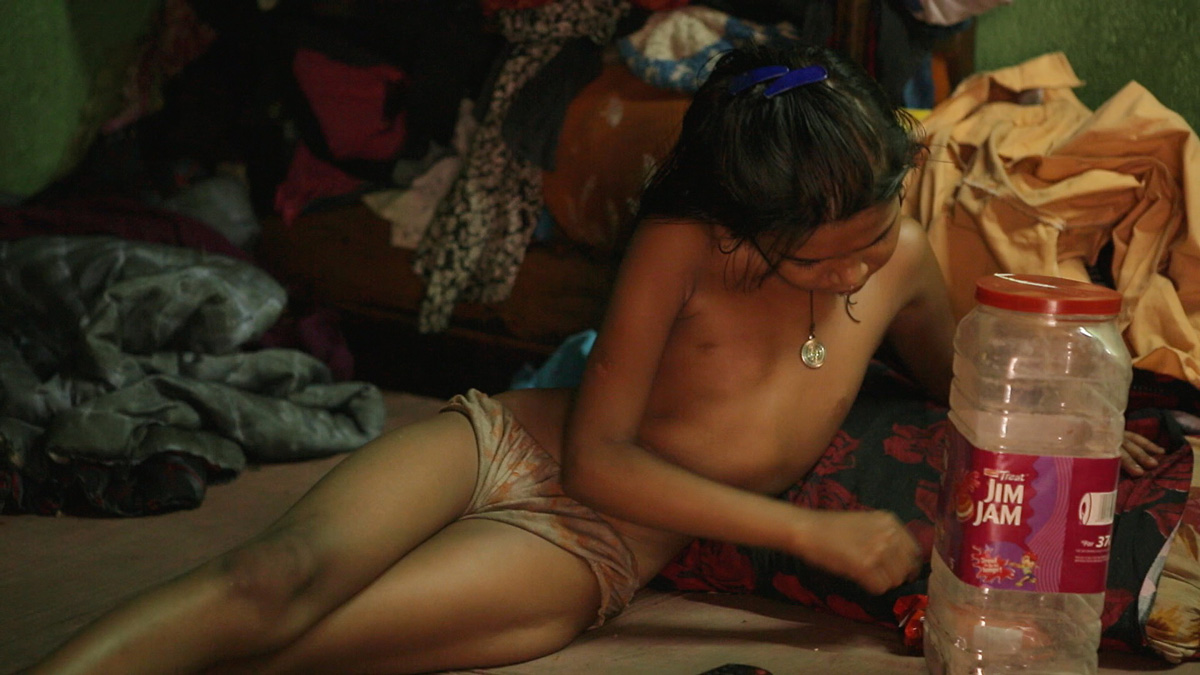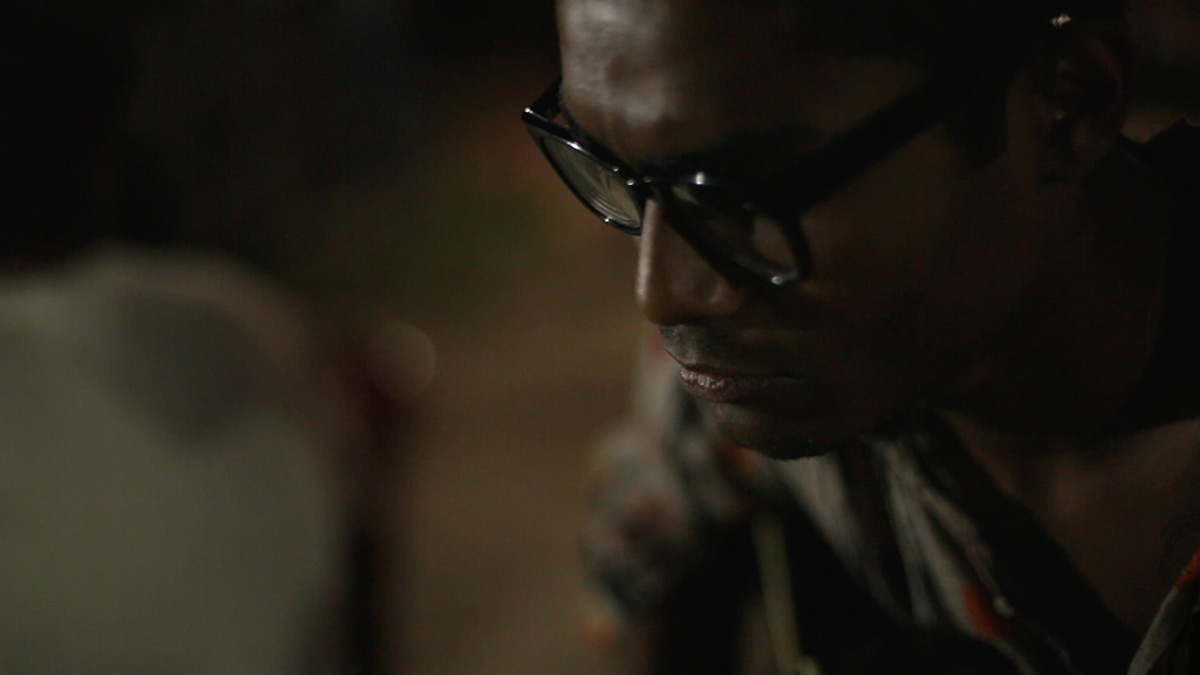UNTITLED (BENCH) /
OBJECTS IN THE MIRROR ARE AS THEY APPEAR
UNTITLED (BENCH) /
OBJECTS IN THE MIRROR ARE AS THEY APPEAR
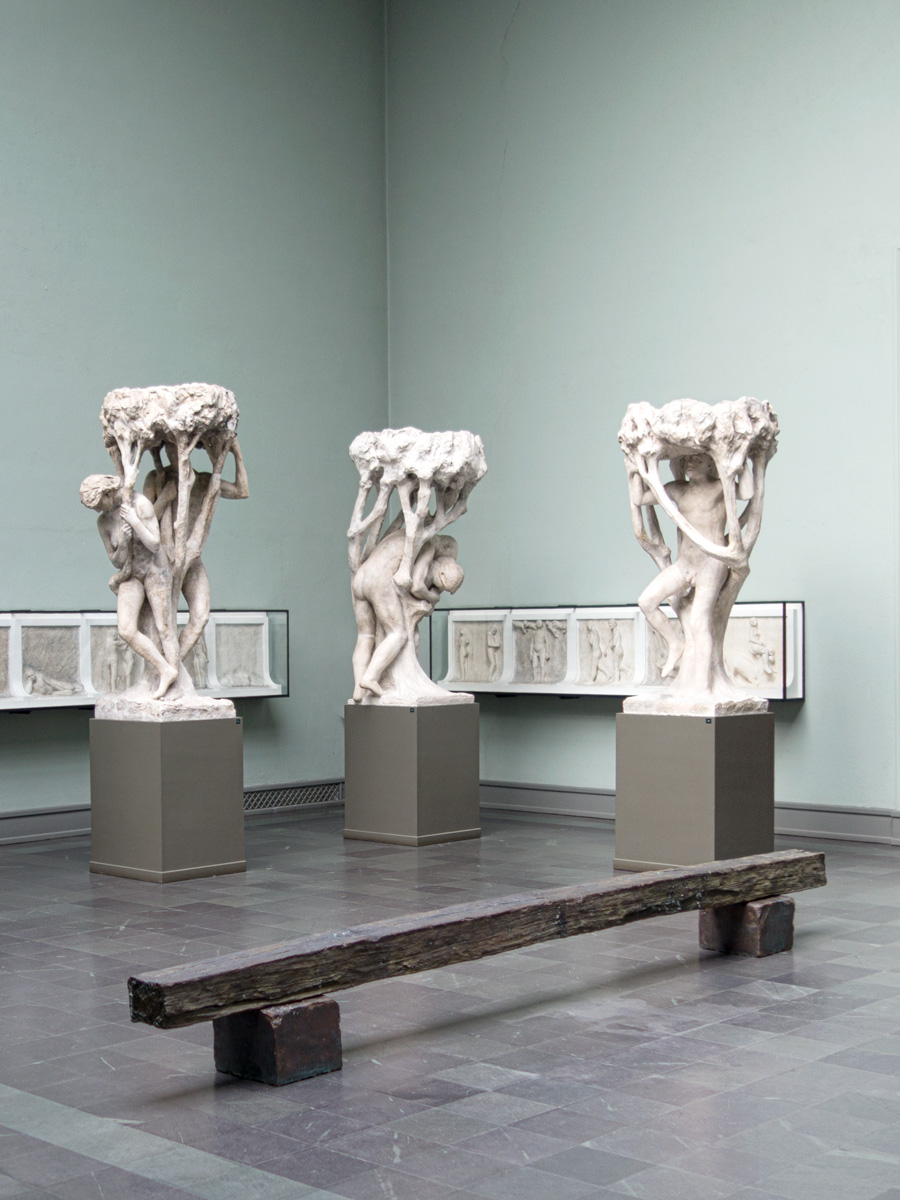
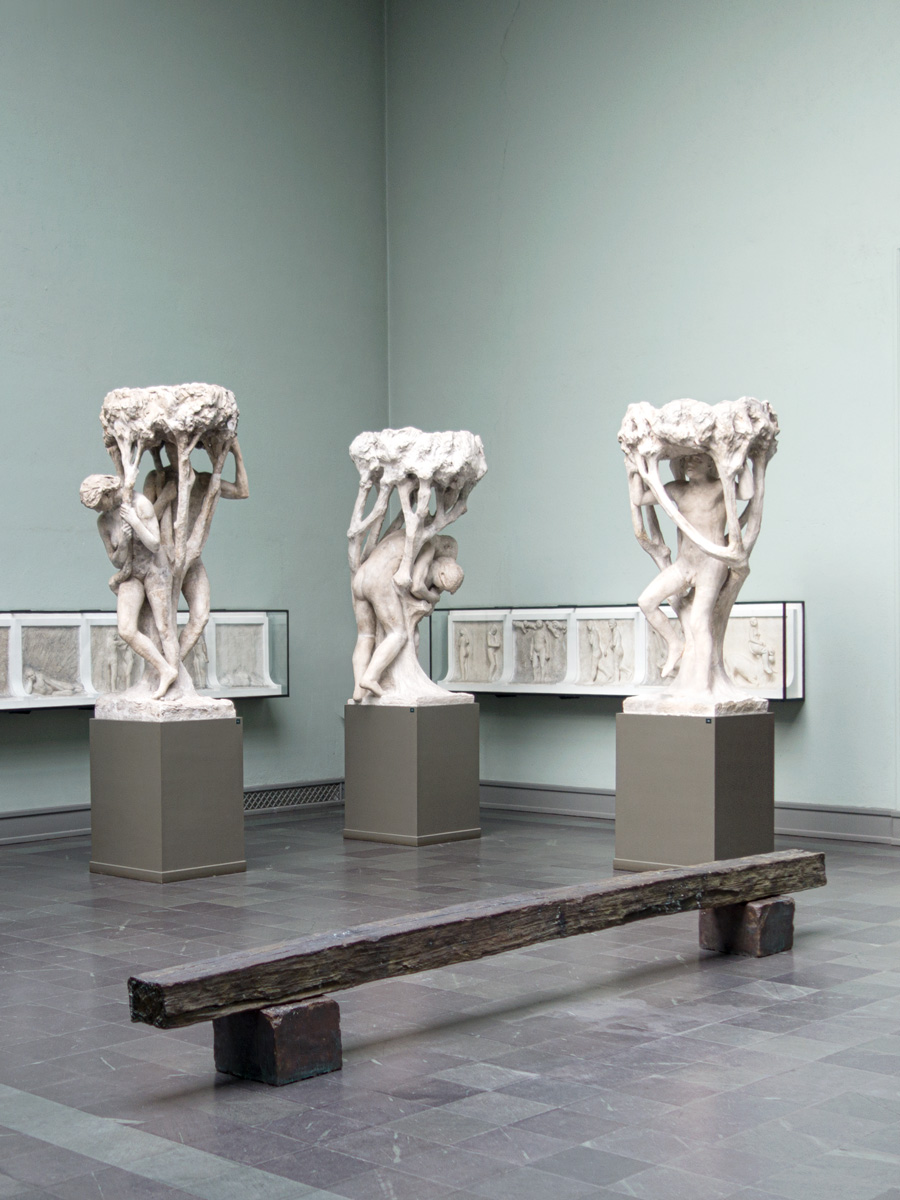
UNTITLED (BENCH)
Indian bronze (Gunmetal)
46 x 476 x 32 cm
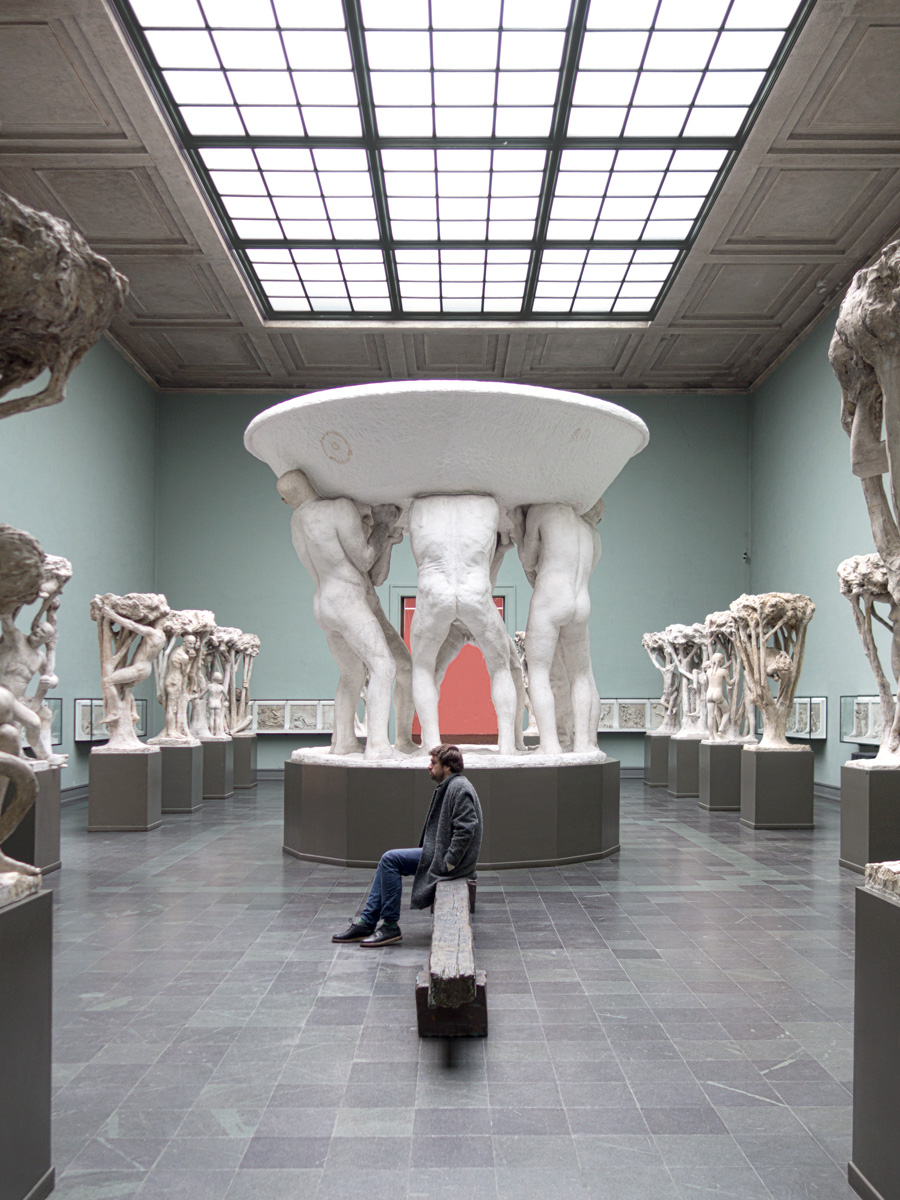
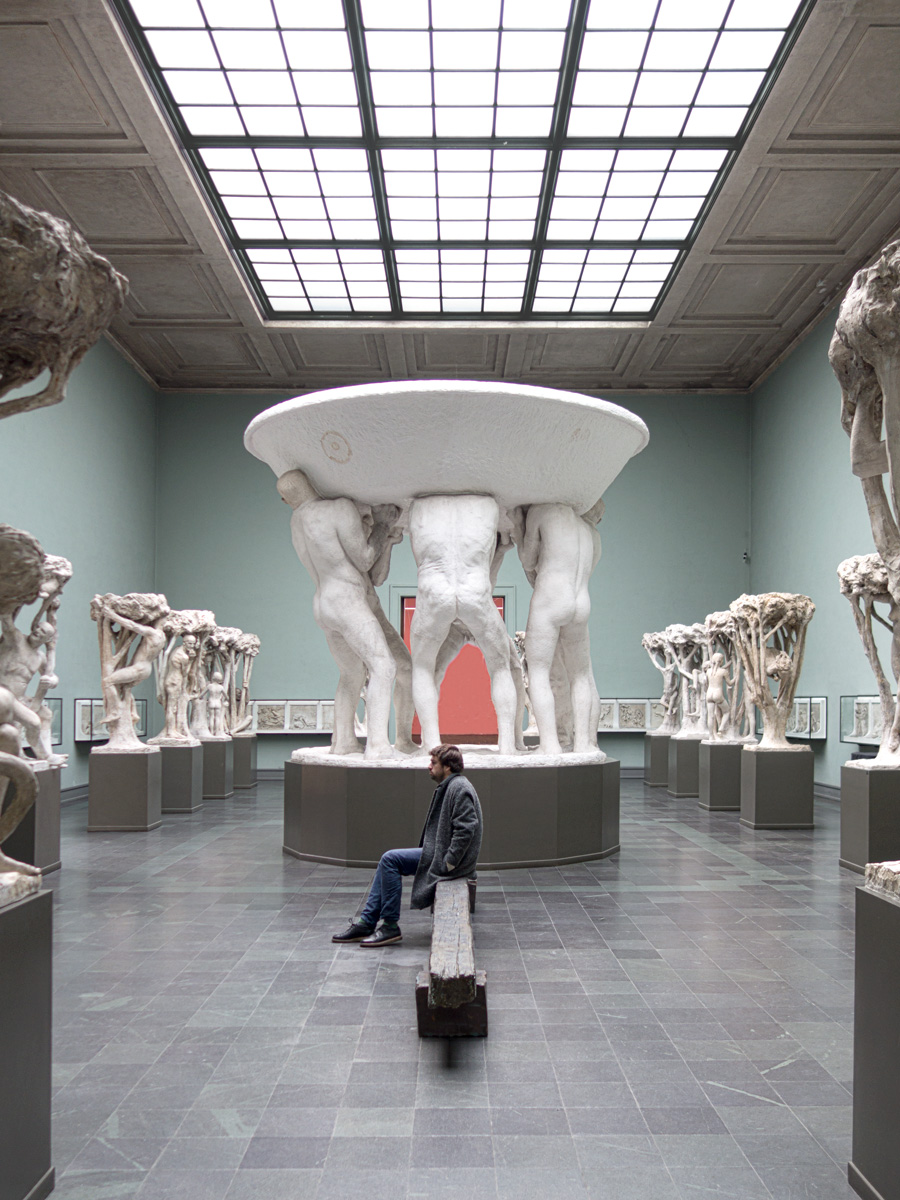
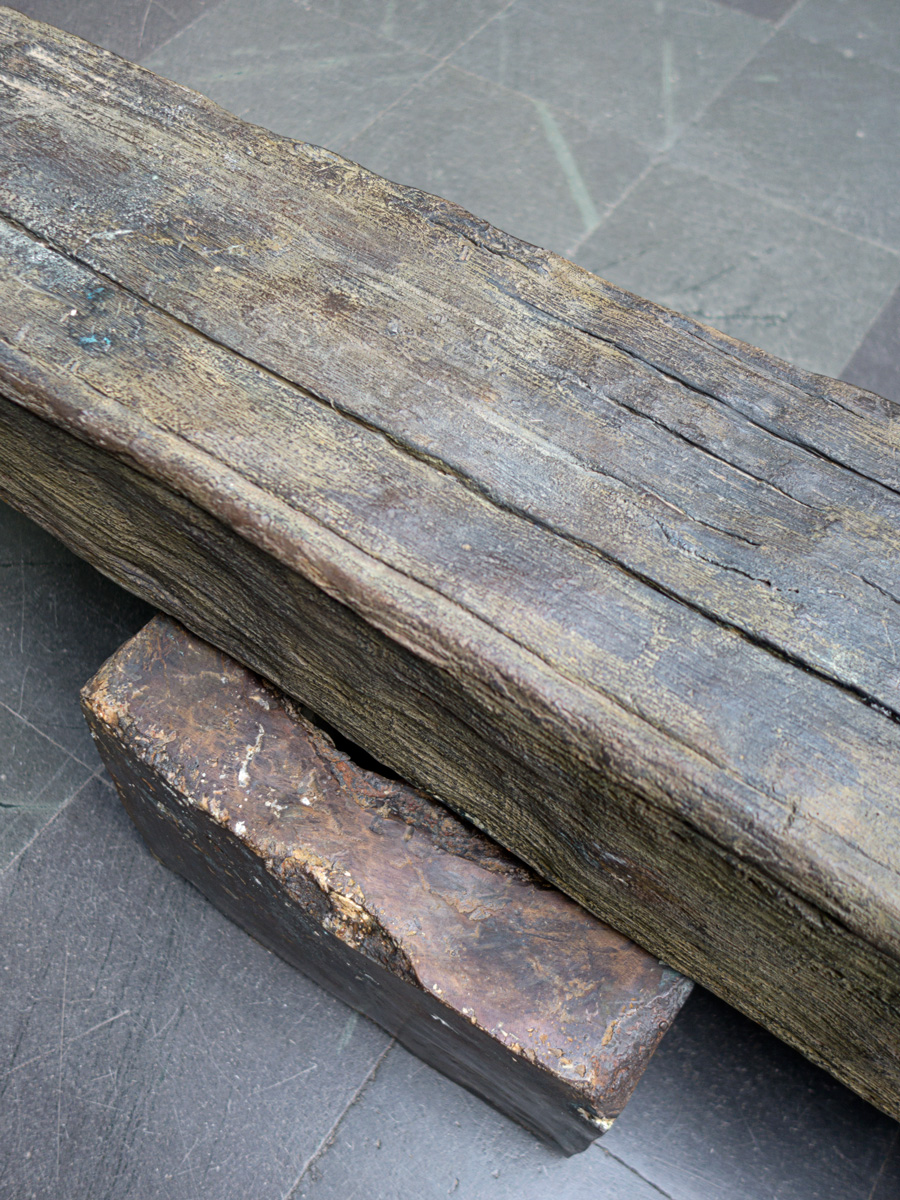
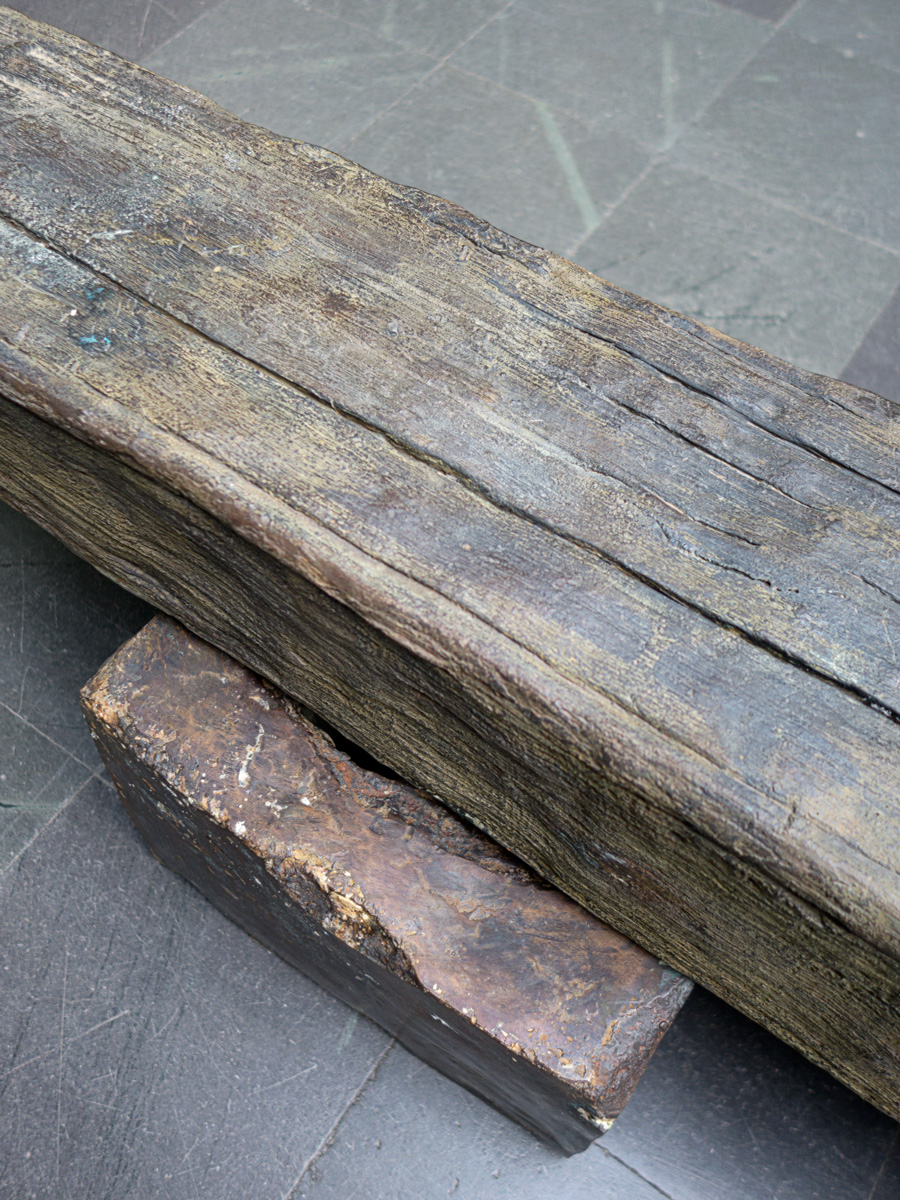
OBJECTS IN THE MIRROR ARE AS THEY APPEAR
Full HD
87 min
EXCERPTS
EXCERPTS
The sculpture Untitled (Bench) and the film Objects in the Mirror Are as They Appear transport the audience to Clive House in Kolkata, one of the Indian city’s earliest examples of colonial architecture, where the descendants of a number of refugee families that previously occupied the house have nowadays been driven out in favour of a project to revamp the house into a museum. The families still live on the property, and the film offers a glimpse into their everyday life. It is not, however, the artist’s gaze that we follow, as Eikanger Gullaksen hired a local, all-female crew to shoot the film. He applies this strategy in order to avoid an exoticising male gaze on the women being filmed and to provide unique access to their lives. The collaboration creates a technique for ‘imploding’ cultural differences related to geography, gender and modern versus traditional outloooks. The sculpture in the Fountain Hall highlights this implosion, as it is a bronze cast of a bench that today creates a social meeting place in the Clive House courtyard. The original bench was made from a centuries-old rafter from the house, with legs crafted from surplus construction material. The film is also about the life that unfolds around this bench. In the beginning the film resembles conventional ethnographic moviemaking, as we follow the residents over the course of one day. The next morning, however, we are introduced to the film’s lone voice, a physician who has chosen to adopt these people as his new family. For him, the area is a retreat where he can hide from what he calls the middle class’s mediocre and judgmental gaze. Referring to both western and Indian art, as well as the Bengali film director Satyajit Ray, the physician recounts his relationship to Clive House and the community around it. In one scene, as the camera pans the landscape of debris and decay inside the house, he states, ‘Poverty is a commodity for the rich!’
Text by Anne Szefer Karlsen
The sculpture Untitled (Bench) and the film Objects in the Mirror Are as They Appear transport the audience to Clive House in Kolkata, one of the Indian city’s earliest examples of colonial architecture, where the descendants of a number of refugee families that previously occupied the house have nowadays been driven out in favour of a project to revamp the house into a museum. The families still live on the property, and the film offers a glimpse into their everyday life. It is not, however, the artist’s gaze that we follow, as Eikanger Gullaksen hired a local, all-female crew to shoot the film. He applies this strategy in order to avoid an exoticising male gaze on the women being filmed and to provide unique access to their lives. The collaboration creates a technique for ‘imploding’ cultural differences related to geography, gender and modern versus traditional outloooks. The sculpture in the Fountain Hall highlights this implosion, as it is a bronze cast of a bench that today creates a social meeting place in the Clive House courtyard. The original bench was made from a centuries-old rafter from the house, with legs crafted from surplus construction material. The film is also about the life that unfolds around this bench. In the beginning the film resembles conventional ethnographic moviemaking, as we follow the residents over the course of one day. The next morning, however, we are introduced to the film’s lone voice, a physician who has chosen to adopt these people as his new family. For him, the area is a retreat where he can hide from what he calls the middle class’s mediocre and judgmental gaze. Referring to both western and Indian art, as well as the Bengali film director Satyajit Ray, the physician recounts his relationship to Clive House and the community around it. In one scene, as the camera pans the landscape of debris and decay inside the house, he states, ‘Poverty is a commodity for the rich!’
Text by Anne Szefer Karlsen
